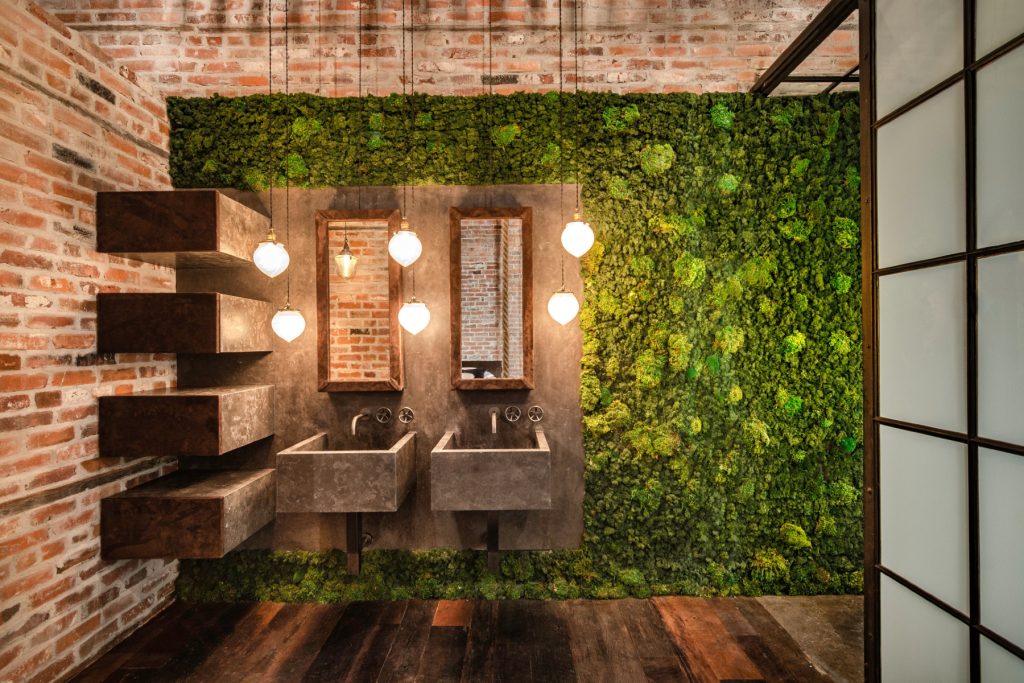
Eco-friendly design is becoming increasingly crucial in today’s world, transforming homes into environmentally responsible sanctuaries. Imagine stepping into a space not only beautiful but also conscious of its impact on the planet. This article explores the practical facets of eco-friendly interior design, helping you make informed decisions that reflect your commitment to sustainability. Many homeowners are struggling to incorporate sustainable practices into their homes; however, making conscious choices about materials, furniture, and décor can significantly reduce your environmental footprint while creating a visually appealing home. This guide will outline strategies, sustainable design choices, and actionable steps to achieve a truly sustainable interior. We’ll delve into various facets of eco-friendly design, from material selection to energy conservation, empowering you to create your dream home.
Understanding Eco-Friendly Design:
Defining Eco-Conscious Interior Design
Eco-friendly design, in essence, encompasses creating interiors that minimize negative environmental impacts during the building, manufacturing, and application stages. It goes beyond mere aesthetics to consider environmental sustainability, promoting a circular economy mindset in interior design. This holistic approach necessitates employing recycled or renewable materials, minimizing waste, and prioritizing energy efficiency. This includes not just the initial design stage but also the ongoing use and eventual disposal of products.
Recognizing the Need for Sustainable Interiors
Our consumption patterns heavily impact the environment. Conventional interior design often involves substantial waste generation and resource depletion. The use of non-renewable resources, the production of excessive waste from manufacturing, and the energy needed for transportation and use all contribute significantly to global environmental problems. By focusing on eco-friendly design, we mitigate these effects. We can create more responsible and sustainable homes while embracing aesthetically pleasing designs.
How Eco-Friendly Interiors benefit Everyone:
Creating eco-friendly interiors benefits not only the planet but also homeowners. Eco-conscious design fosters healthier indoor environments, reduces utility costs, and boosts the longevity of furnishings and décor. The appeal of sustainable design is also increasing with greater consumer awareness. It not only enhances our homes but also reduces our overall carbon footprint. The integration of these choices leads to the creation of spaces that are both pleasing and sustainable.
Choosing Sustainable Materials:
Prioritizing Recycled and Renewable Resources
Sustainable materials are at the core of eco-friendly design. Choosing materials like reclaimed wood, recycled glass, or bamboo significantly reduces the environmental impact compared to conventional options. Reclaimed wood, for example, often attributes rich character and unique textures, adding to the unique appeal of eco-friendly homes. Many manufacturers now offer sustainable alternatives to traditional materials. Look for certifications like Forest Stewardship Council (FSC) for responsibly sourced wood products, supporting sustainable forestry practices.
Embracing Minimalist Design:
Reducing Waste Through Simplification
Minimalist design philosophy naturally aligns with eco-friendly principles. By prioritizing fewer, high-quality pieces, we minimize waste and consumption. Minimalist designs often focus on functionality over excessive ornamentation, leading to spaces that are aesthetically pleasing and environmentally conscious. Less is more, creating a visually appealing space while reducing the demand for resources.
Implementing Energy-Efficient Strategies:
Optimizing Energy Use in Your Home
Energy conservation is critical in sustainable interior design. Implementing energy-efficient lighting fixtures, utilizing natural light, and optimizing insulation all play pivotal functions. LED lights, for instance, consume significantly less energy compared to traditional incandescent bulbs, contributing to reduced energy bills and less demand on energy grids. Efficient insulation methods also dramatically reduce energy loss and promote more sustainable living habits. Choosing energy-efficient appliances can also significantly cut down your energy bill and positively impact your overall carbon footprint.
Prioritizing Indoor Air Quality:
Creating Healthy and Sustainable Living Spaces
Indoor air quality (IAQ) is essential for well-being. Utilizing natural ventilation, opting for low-VOC paints and materials, and incorporating houseplants can all contribute to a healthier living environment. Studies have shown that houseplants can effectively filter pollutants from the air, creating a cleaner and more breathable atmosphere. Low-VOC paints also reduce exposure to potentially harmful chemicals.
Conclusion: A Call for Sustainable Action
Eco-Friendly Design and Its Impact
Embracing eco-friendly design choices in our homes isn’t merely about creating beautiful spaces; it’s about making a meaningful difference. It allows us to reduce our environmental footprint, create healthier indoor environments, and support sustainable practices. By choosing sustainable materials, promoting energy efficiency, and implementing eco-conscious design principles, we can all work toward a more sustainable future. Let’s cultivate more eco-friendly interiors and create homes that embrace mindful design.
In conclusion, embracing eco-friendly design in your interiors is not just a trend; it’s a crucial step towards a more sustainable future. By prioritizing sustainable materials, mindful design choices, and thoughtful application, you can create beautiful and functional spaces that minimize environmental impact while maximizing your comfort and style. Start small, select conscious products, and gradually incorporate eco-friendly practices into your home. This is an investment in the future and your well-being. Ready to transform your home into a sustainable sanctuary? Explore our guide on eco-friendly interior design!